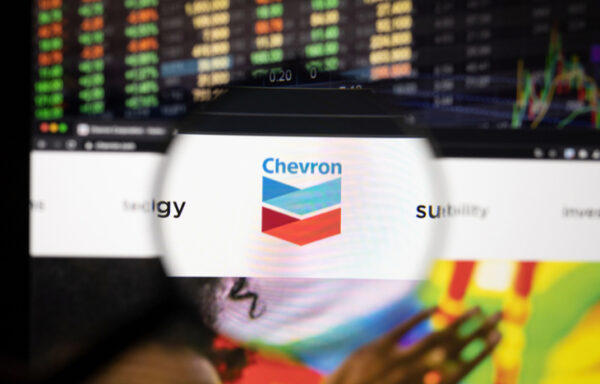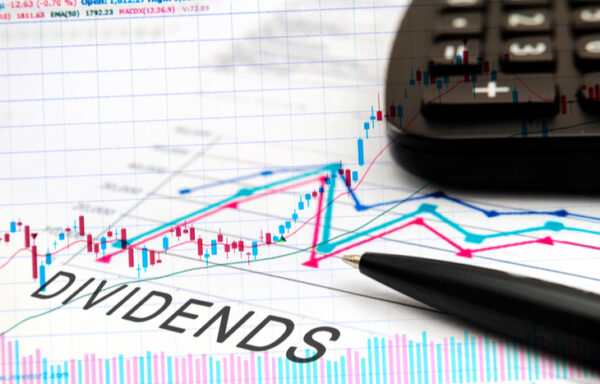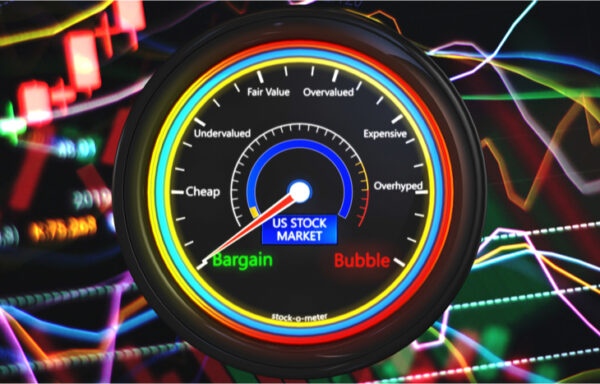CVS Dividend History Shows a Higher Dividend Yield
The healthcare industry is competitive, but it’s a good sector to be in for the long term. As the population grows and ages, sales should continue to climb. This trend has helped support a long CVS dividend history. Although, a few years back, the company froze its dividend.
Since then, the share price has dropped and the dividend yield has climbed. So let’s review the business and its dividend history and safety. This can help determine if it’s a worthwhile investment.
CVS Business Overview
CVS Health is a $84 billion business. The company is based in Rhode Island and has 290,000 employees. Last year, CVS Health pulled in $257 billion in sales, which works out to $885,000 per worker.
The company is within the consumer healthcare space and has an investment grade credit rating. This allows CVS Health to issue cheap debt to grow the business and pay dividends. To stay competitive, the company took on debt to acquire Aetna, a health insurer. The total deal was close to $70 billion and helps the business expand. Although, the new debt has put pressure on the dividend…
CVS Dividend History
The company paid investors $0.35 per share a decade ago. Over the last 10 years, the dividend has climbed to $2. That’s a 471% increase and you can see the annual changes below…

The compound annual growth is 19% over 10 years… but over the last few years, the dividend growth was frozen. The halt in dividend growth isn’t a great sign. Although, CVS Health still might be a good dividend stock. Let’s take a look at the yield…
CVS Dividend Yield vs. 10-Year Average
CVS Health’s long history of paying dividends makes it one of the best dividend stocks around. This also makes the dividend yield a great indicator of value. A higher yield is generally better for buyers. Sustainability is also vital, and we’ll look at that soon.
The dividend yield comes in at 3.11% and that’s well above the 10-year average of 1.92%. The chart below shows the dividend yield over the last 10 years…

The higher yield shows that investors have bid down the company’s market value. They might be expecting higher growth and payouts. But more often than not, the dividend yield is mean reverting with share price changes.
Dividend Safety Checkup
The payout ratio is useful for determining dividend safety. It shows the dividend per share divided by the net income per share. So a payout ratio of 60% would mean that every $1 CVS Health earns, it gives investors $0.60.
The payout ratio is a good indicator of dividend safety… but accountants manipulate net income. They adjust for goodwill and other noncash items. So a better metric is free cash flow.
Here’s CVS Health payout ratio based on free cash flow over the last 10 years…

The dividend payout ratio hasn’t climbed above 35%. This gives plenty of wiggle room for CVS Health’s board of directors to raise the dividend. Although, we must also consider the debt pile. Management has prioritized improving the financial situation. And this is a good move. If things go as planned, we might see a return to dividend growth.
To learn more about dividend stocks, you can sign up for our free e-letter. It’s packed with investing insight from market experts. You’ll find a wide range of useful ideas. And one last note, you might also be interested in seeing this list of the Top 20 Consumer Staple Stocks. You can check it out to find more investing opportunities.
[adzerk-get-ad zone="245143" size="4"]




